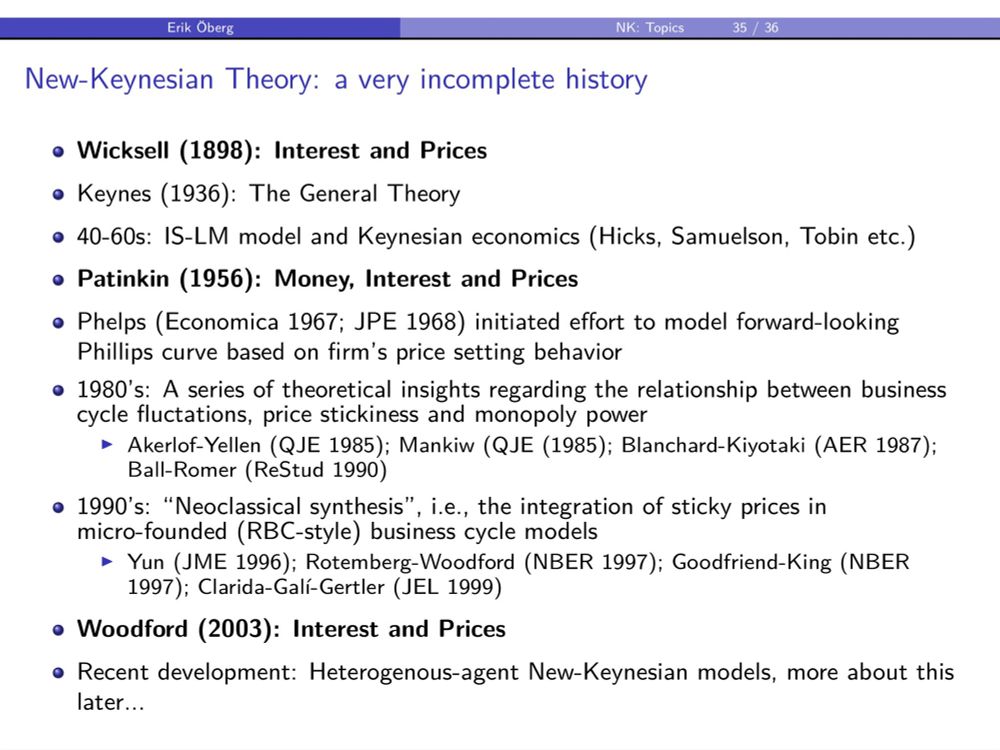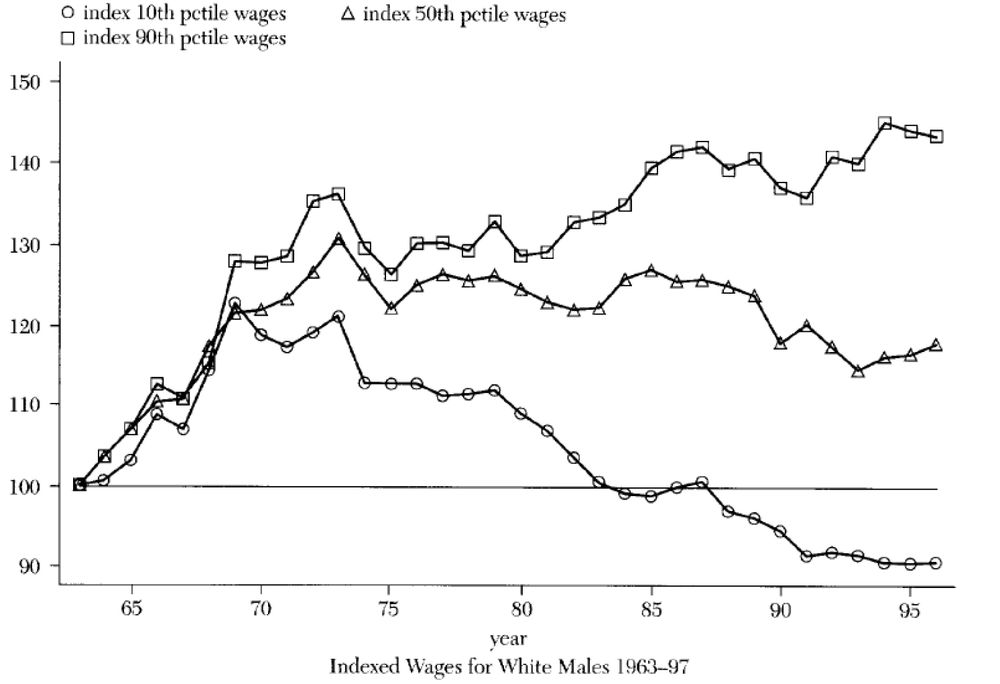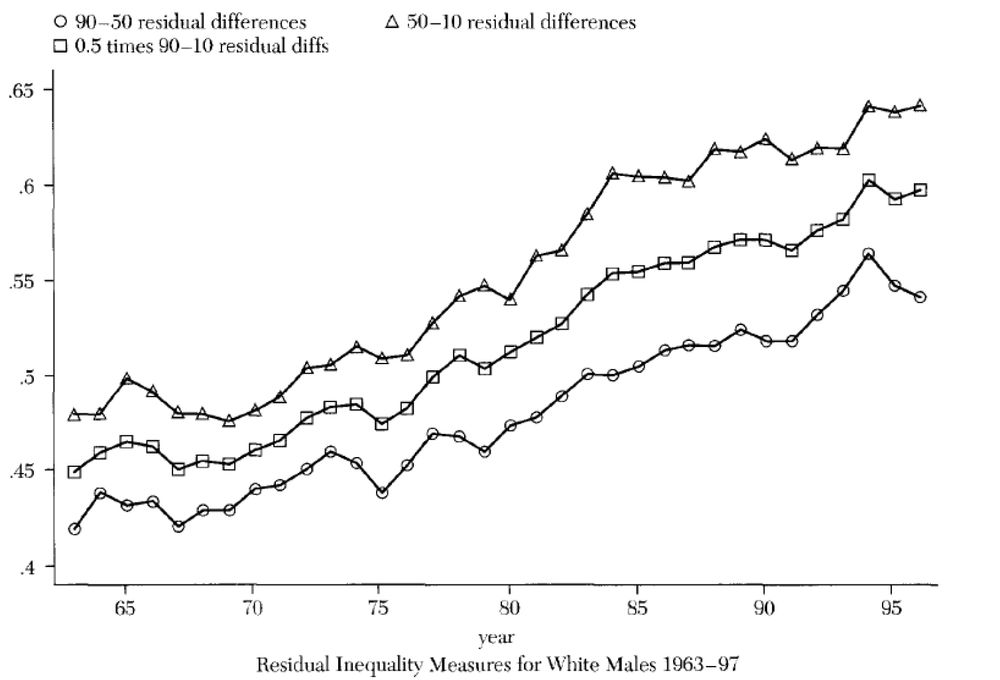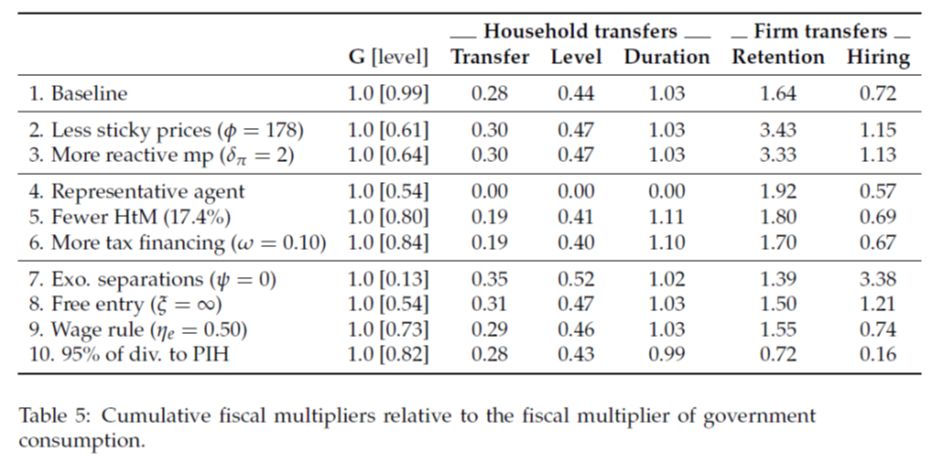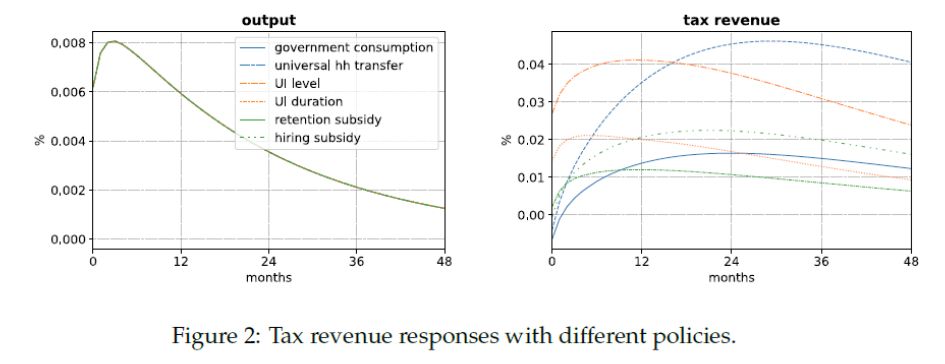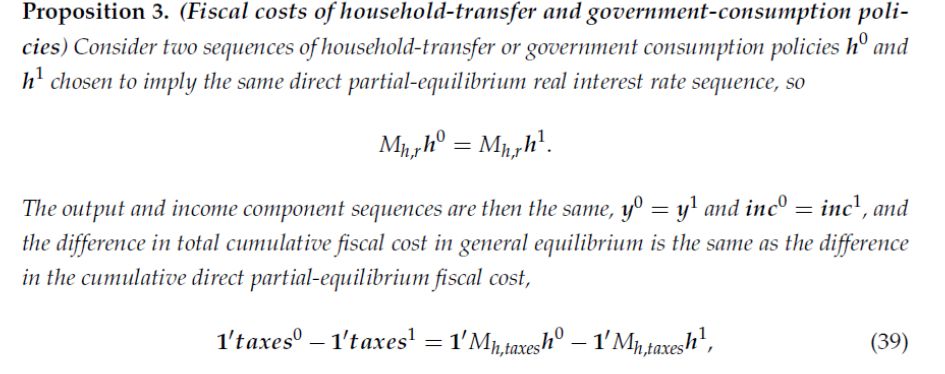Erik Öberg
@erikoberg.bsky.social
1K followers
480 following
75 posts
Macroeconomist at Uppsala University.
Webpage: https://sites.google.com/site/erikobergweb/
Posts
Media
Videos
Starter Packs
Erik Öberg
@erikoberg.bsky.social
· Jun 4
Erik Öberg
@erikoberg.bsky.social
· Jun 4
Erik Öberg
@erikoberg.bsky.social
· Jun 4
Erik Öberg
@erikoberg.bsky.social
· Jan 31
Erik Öberg
@erikoberg.bsky.social
· Jan 30
Erik Öberg
@erikoberg.bsky.social
· Jan 30
Erik Öberg
@erikoberg.bsky.social
· Jan 27
Erik Öberg
@erikoberg.bsky.social
· Jan 16
Erik Öberg
@erikoberg.bsky.social
· Jan 16
Erik Öberg
@erikoberg.bsky.social
· Jan 16
Erik Öberg
@erikoberg.bsky.social
· Jan 16
Erik Öberg
@erikoberg.bsky.social
· Jan 16
Erik Öberg
@erikoberg.bsky.social
· Jan 16
Erik Öberg
@erikoberg.bsky.social
· Jan 16
Erik Öberg
@erikoberg.bsky.social
· Jan 16

